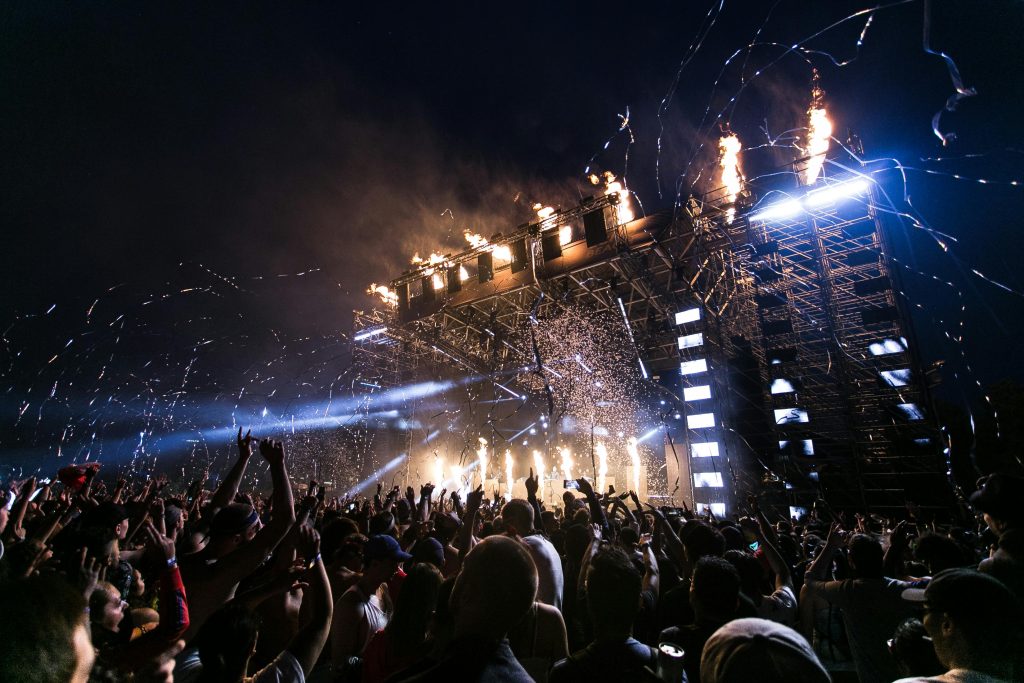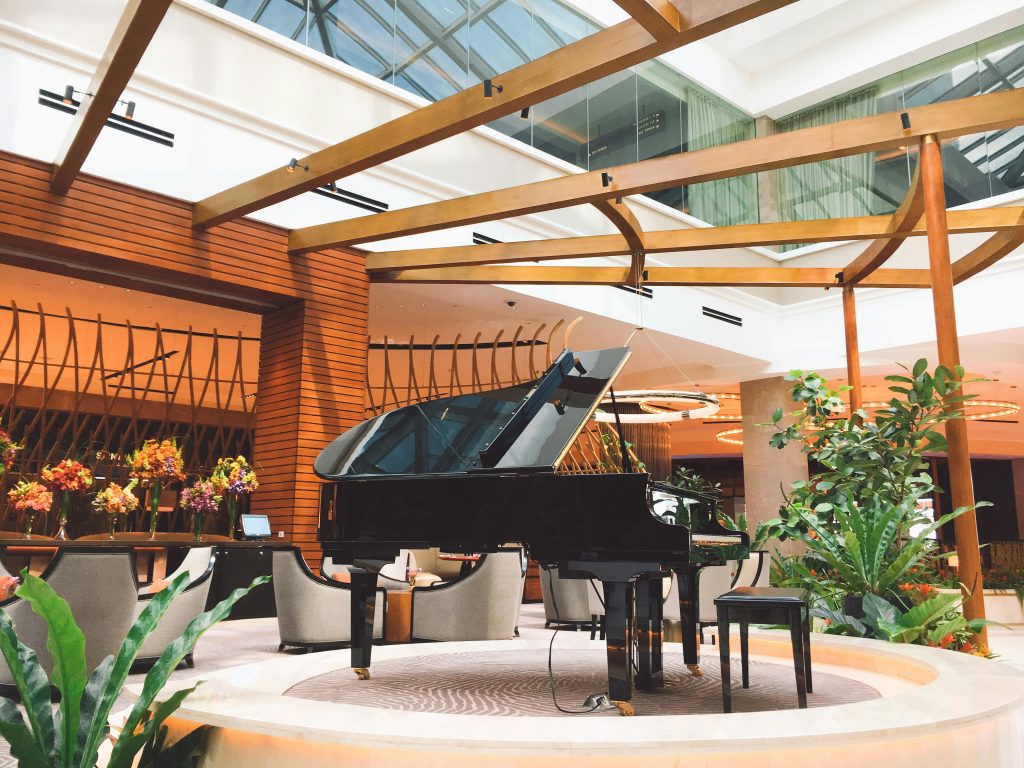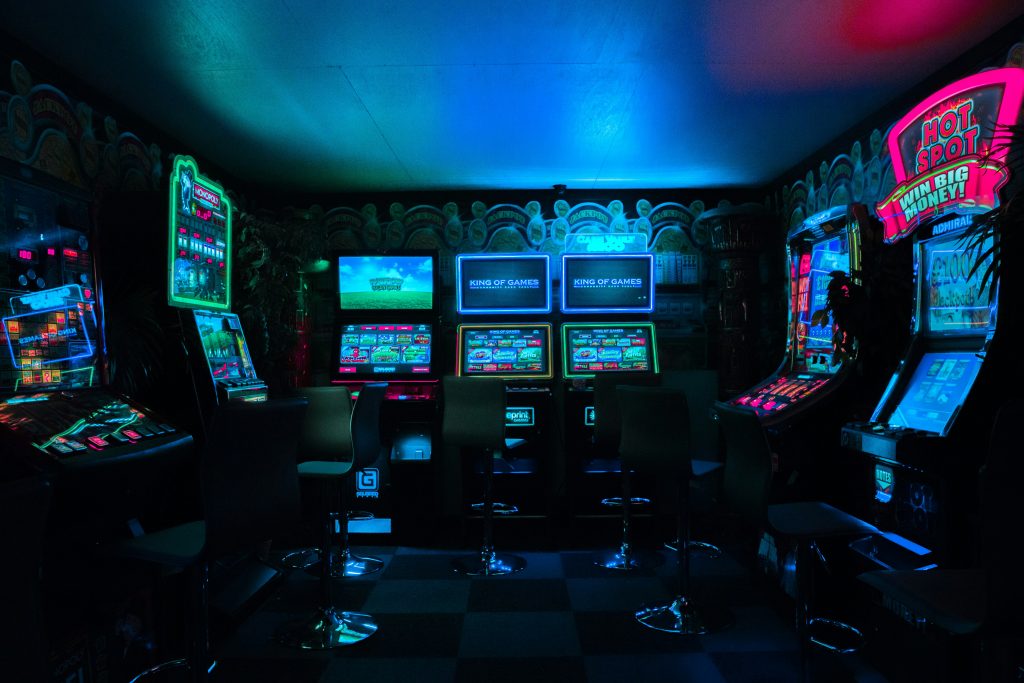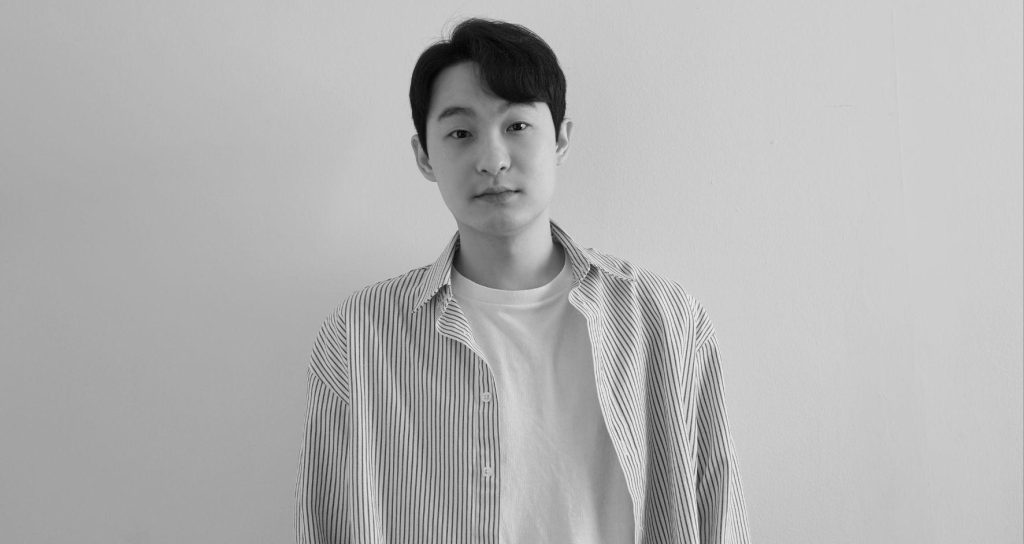Great nights out aren’t just about what’s on stage, they’re about the shared energy in the room, and new online casinos are tapping into that same spark through multiplayer modes, chat, missions and leaderboards that make sessions feel communal rather than solitary. As social and co‑op features mature inside regulated markets, the data shows online play is sustaining deep engagement, which is exactly why design choices now matter more than ever.
In this article, we’ll connect what regulators, researchers, and industry trackers are observing to practical moves that make social casino play feel more like fandom, and less like grind, without compromising safety. Every recommendation is anchored in recent government data, peer‑reviewed research, and an established industry revenue tracker that compiles state regulatory reports to ensure accuracy and relevance.
From Solo Spins to Shared Hype
The key shift is simple: real‑time chat, team challenges, and public leaderboards can elevate an individual session into a shared moment, which aligns with strong momentum in regulated U.S. markets and the sustained time‑on‑device patterns regulators track in online environments.
In 2024, U.S. commercial gaming revenue reached 71.9 billion dollars, including an 8.41 billion dollar iGaming component that grew 28.7 percent year over year, signalling headroom for richer, more social formats inside regulated frameworks. State figures reinforce that trajectory, with monthly reports showing internet gaming as a stable growth pillar that encourages continued investment in features built for interaction, not just speed.
On the engagement side, U.K. operator data indicates millions of monthly slot sessions exceed one hour, which is a useful proxy for the sustained attention online products can command when features and pacing are well tuned. A longitudinal study adds another angle, finding online participants spend more time, engage across more formats, and incur larger losses than land‑based‑only players, which underlines how session design strongly influences experience quality and perceived value.
So what does “shared hype” look like in practice, especially for readers who think like programmers or producers rather than promoters? Borrow a concert’s setlist logic, with short missions that feel like songs, collaborative milestones that act like chorus moments, and interludes that let everyone breathe and reset, so energy rises and falls intentionally rather than relentlessly.
This structure pairs well with rules requiring slower spin speeds and transparent time‑and‑spend displays, because clear pacing and visibility make the social layer feel enjoyable and sustainable instead of overwhelming.
Gamify, Don’t Intensify

Gamification can be a force for motivation, but it should reward progress and community rather than velocity, because speed and intensity correlate with risks documented in peer‑reviewed work on gamified play and online communities.
A recent open‑access review links certain gamified elements to higher gambling frequency and psychological distress, which is a strong nudge to design missions, streaks, and achievements that encourage participation and learning rather than relentless throughput.
Research on online communities shows participation is associated with both gambling and gaming problems at within‑ and between‑person levels, so chat, leaderboards, and gifting should be moderated and purpose‑built to encourage positive norms and helpful interaction.
Regulators offer a blueprint for keeping the fun while reducing pressure, with rules that require minimum intervals per spin, ban losses disguised as wins, and surface time and spend, all of which support social play without amplifying urgency.
Here’s a single, focused checklist to apply that principle in any roadmap:
- Time‑box co‑op missions into 10 to 20 minute “sets,” then prompt breaks, which keeps pacing intentional and reduces the temptation to sprint indefinitely.
- Reward social actions like sharing tips, welcoming newcomers, or completing collaborative goals, not just high‑volume spin counts or rapid progressions.
- Calibrate leaderboards around teamwork and consistency, such as cumulative team milestones per week, instead of raw velocity metrics that push intensity.
- Make transparency a feature: on‑screen clocks, spend trackers, and session summaries help communities normalize healthy rhythms and reflective pauses.
- Moderate chat with clear guidelines, pinned “safe play” reminders, and cooldowns for heated moments, aligning community energy with supportive behaviors.
These choices keep the social layer feeling like a fan club, where status comes from contribution and savvy, and not just from activity that’s faster, louder, or longer than the person next to you. They also harmonize with regulator expectations by treating transparency and pacing as experience features rather than compliance footnotes, which builds trust without dampening excitement.
Turn Up the Live Energy
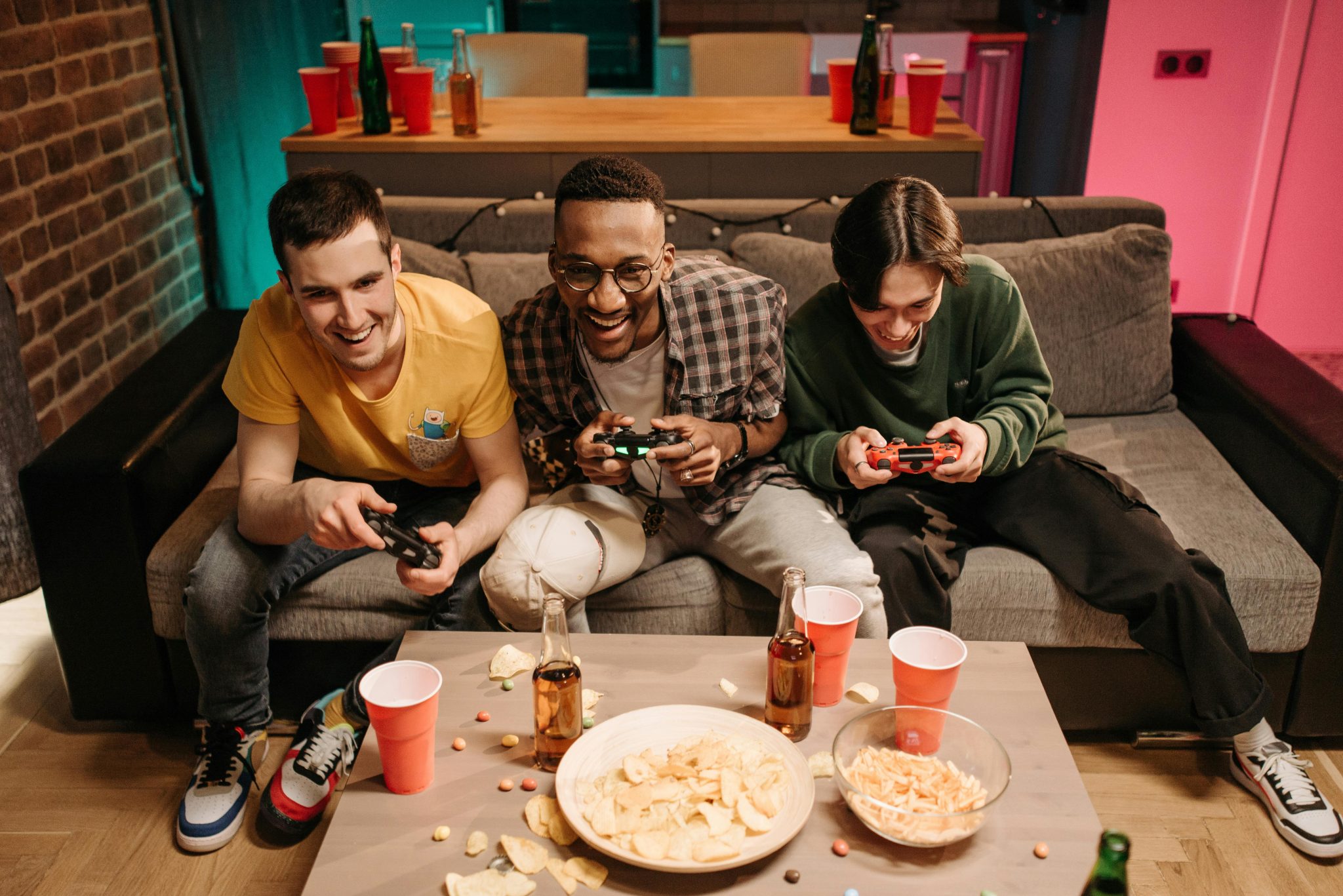
Live‑host formats and event‑style features mirror showtime dynamics, anchoring chat, pacing, and anticipation in a shared schedule that feels like programming rather than an endless scroll.
When a game‑show‑style live title entered a regulated U.S. market, it validated the idea that broadcast‑quality production combined with interactive mechanics can sit comfortably inside compliance standards, while encouraging community behaviors like call‑and‑response moments in chat and group anticipation around bonus segments.
The backdrop matters here, because continued growth in online revenue across national and state figures gives producers the runway to invest in high‑production segments, better moderation, and social mechanics that are more clever than fast. State‑level reports further indicate that internet gaming is a reliable contributor, which supports a cadence of live events that players can plan around, creating the same “doors at 7, show at 8” predictability that boosts turnout and satisfaction in other entertainment categories.
If a live host can guide pace like a showrunner, what other cues from concerts belong here, such as encore‑style micro‑events unlocked by community milestones, or scheduled shout‑outs that recognize helpful contributors rather than just high rollers ? Framed that way, live formats become a canvas for community rituals, which is where loyalty takes root and word‑of‑mouth starts to feel organic and durable.
Connection please
The brief is clear for anyone building or advising in this space, align social mechanics with responsible pacing, treat programming like a show with deliberate arcs, and reward contribution over velocity so shared energy keeps rising without tipping into pressure. The conditions are right, with regulator‑tracked growth creating room for investment and an industry tracker confirming multi‑year momentum that supports better production, smarter moderation, and more intentional session design.
That combination lets teams design for connection, clarity, and cadence, measuring success by satisfaction and return intent rather than just raw minutes on device, while still operating well within the guardrails regulators have laid down. Looking ahead, expect more event‑style features that feel like fandom, supported by transparent interfaces, time‑boxed sessions, and community rituals that turn casual visitors into regulars without pushing intensity for its own sake.
The takeaway is practical, build systems that celebrate teamwork, surface progress clearly, and schedule live moments worth showing up for, then ask a simple test after every release, would people talk about this session tomorrow with the same enthusiasm they bring to a great show ?


